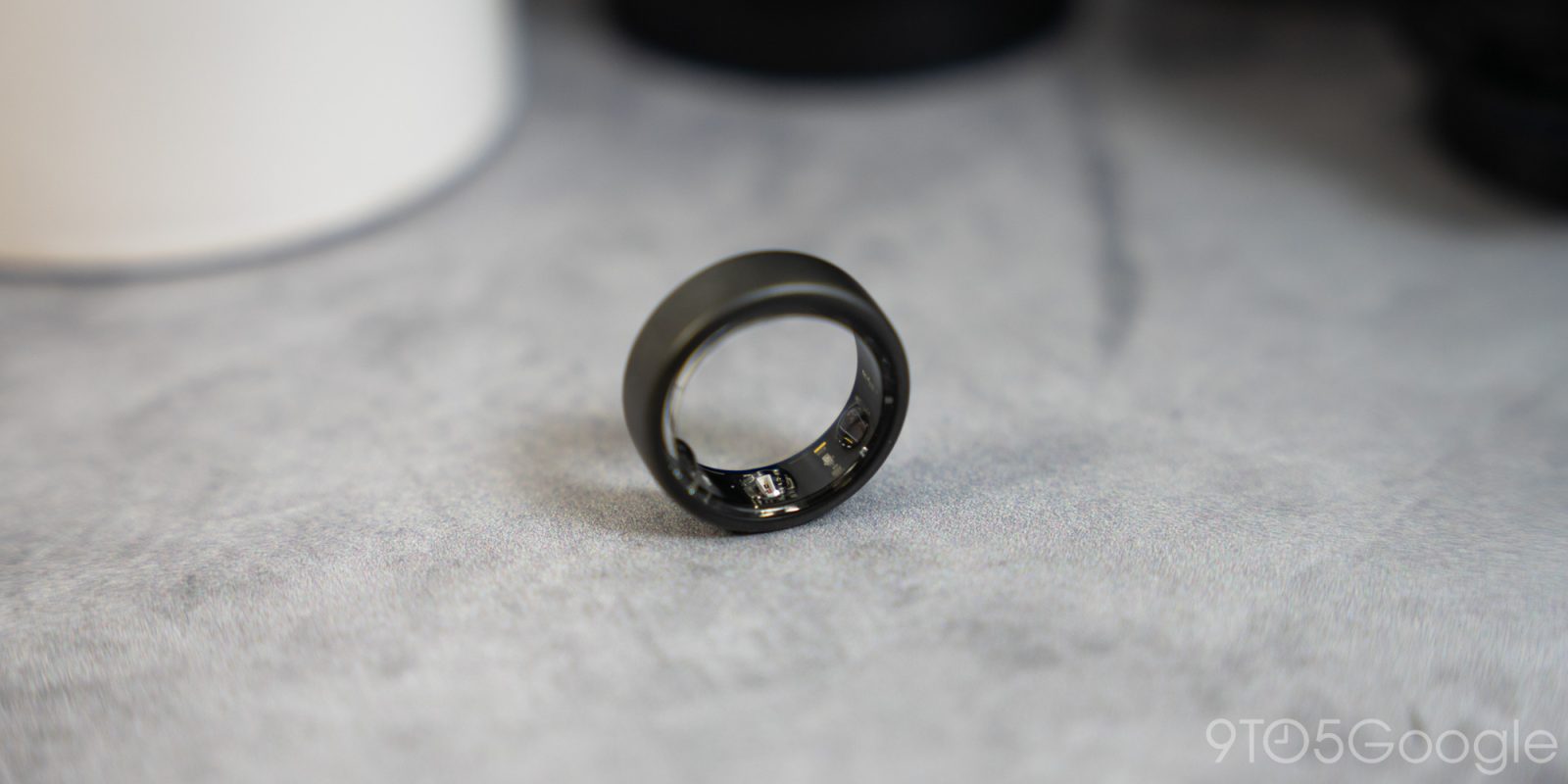
Oura, a leading smart ring company, is set to release two new heart health features for its users later this month. The features, named Cardiovascular Age and Cardio Capacity, aim to provide users with valuable insights into their heart health.
Cardiovascular Age measures the stiffness of a user's arteries by analyzing pulse wave velocity through the Oura Ring's photoplethysmography (PPG) sensor. After at least 14 days of data collection, users will receive an estimate on whether their cardiovascular age is below, above, or in alignment with their chronological age.
Cardio Capacity, on the other hand, estimates a user's VO2 max (maximum volume of oxygen an individual can absorb during peak performance) by analyzing data from a six-minute walking test. This feature will also be available to users later in May.
Both features are designed to give users a more comprehensive understanding of their heart health and overall wellbeing. By offering these preventative measures, Oura is positioning itself as a leader in the smart ring market and demonstrating its commitment to helping users take charge of their health.
Oura's investment in scientific research has been instrumental in the development of these features. For instance, Cardiovascular Age was a passion project of one of Oura's biomedical engineers, which took several years to test and develop.
The smart ring space is heating up with competitors like Samsung announcing its first smart ring launch later this year. In response, Oura is eager to showcase its expertise and reputation for investing heavily in scientific research.
Users can expect regular updates to the 'Heart Health' area of the Oura app, possibly integrating Cardio Capacity and Cardiovascular Age into a larger holistic health view. Additionally, Oura has hinted at future iterations of Cardio Capacity and potential new hardware.

:format(webp)/cdn.vox-cdn.com/uploads/chorus_asset/file/25440881/Heart_health.png)

/cdn.vox-cdn.com/uploads/chorus_asset/file/25440512/BOTH_FEATURES_UI.png)